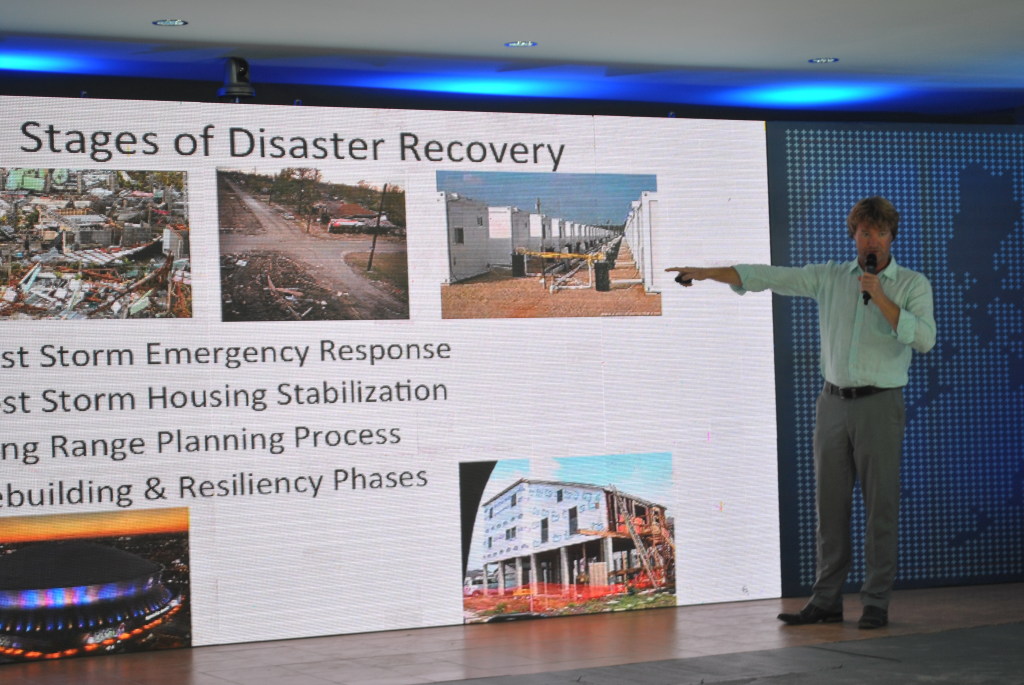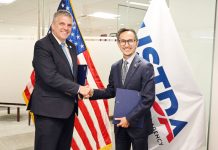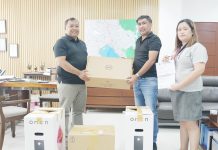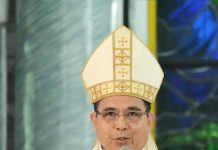
TACLOBAN CITY–Philippine Institute of Volcanology and Seismology (Philvocs) Director Renato Solidum pointed out the importance of “disaster imagination” as the key to the solution to the problems besetting Philippines being a disaster-prone country. “Disaster imagination, I think, will be able to give everyone a guidance on what they are supposed to do, advise level whether you’re an individual, a family, mayor, governor or in regional and national levels,” Solidum said during an interview on September 20 during the PH+Social Good Summit held this city. “If the people don’t have a scenario of what can happen to an area… then our actions will be incomplete or will not be align to the actions of the other local government units,” the Philvocs director said.
Disaster imagination is an advanced way of looking things, Solidum said. “For example, if you can imagine the potential hazard, potential impact, if you can imagine the potential havoc, then you’ll find a solution for that. You picture a nightmare, you try to prevent that nightmare from happening, by doing preparedness, mitigation,” he said. As Solidum said that critical facilities are important, officials should ensure that these be away from potential hazard. “You have to anticipate a damage scenario. If you have damage scenario, then you can prepare beforehand and read before things happen,” he said. Solidum maintained that community and officials should really need to have a scenario-based preparedness, adding the activities he outlined are not something new. “I tried to advocate the phrase so people will have an understandable concept. People know what imagination is, people understand what imagination is. That’s the key, otherwise if we don’t imagine we will be doing different thing,” he said.
Another point stressed by Solidum on disaster preparedness is the “recovery time objective” which he called as the prescribed deadline of which management of the critical facility will be able to work or they can provide services. “Set a deadline to recover,” he said. Although funding is always a constraint, Solidum said that one needs to have a plan before the funds.
“There should be business or service continuity plan…That’s the real work. The important thing is the plan.” Solidum said that he had already presented this concept to the National Disaster Risk Reduction Management Council adding this is already a common concept. (RONALD O.REYES)



